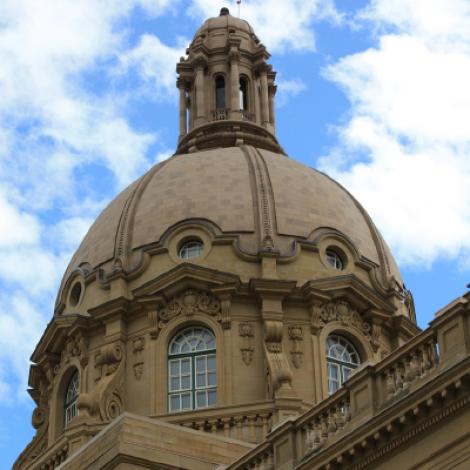NEWS RELEASE - AUMA wants more talk about traffic safety and less finger-pointing
Media coverage of AUMA's news release
Calgary Herald Editorial - "Kudos to the Alberta Urban Municipalities Association for noting that safety is “of the utmost importance” and rejecting the “finger-pointing” of the senior government."
CBC News Article - "Photo radar speeding enforcement has turned into a municipal cash cow, says the province. A spokesperson for Alberta's urban municipalities says it's an essential and effective way of making communities safer."
(Edmonton, February 22, 2019) – With a provincial election looming, it appears the current government is in the market for some political point-scoring, rather than focusing on the best interests of Albertans. The Minister of Transportation announced Thursday a plan to review photo radar practices across the province, claiming it is a “cash cow” and it provides only a marginal contribution to traffic safety.
“Keeping our communities safe is of the utmost importance, and we welcome the government’s offer of partnership in making our traffic safety programs more clear and effective. But for that partnership to work, they need to stop the finger-pointing.” said Barry Morishita, Alberta Urban Municipalities Association (AUMA) President. “Our municipalities are proud to have taken the lead in reducing traffic fatalities by more than five percent, which can be directly attributed to effective and diligent photo radar practices.”
The review also indicates the need for more transparency from municipalities and increased oversight, and asserts that, going forward, photo radar can only be used to improve road safety. All Alberta municipalities operating automated traffic enforcement programs are audited. Audit reports from 2013/14 and 2016/17 showed all municipalities were compliant with the current guidelines.
“Transparency to our residents on photo radar practice in our communities has, is, and will always be a priority,” adds Morishita, “and while our municipalities strive to be transparent in applying the automated traffic enforcement tools, we also require more timely traffic data from the government, which hasn’t always been the case.”


